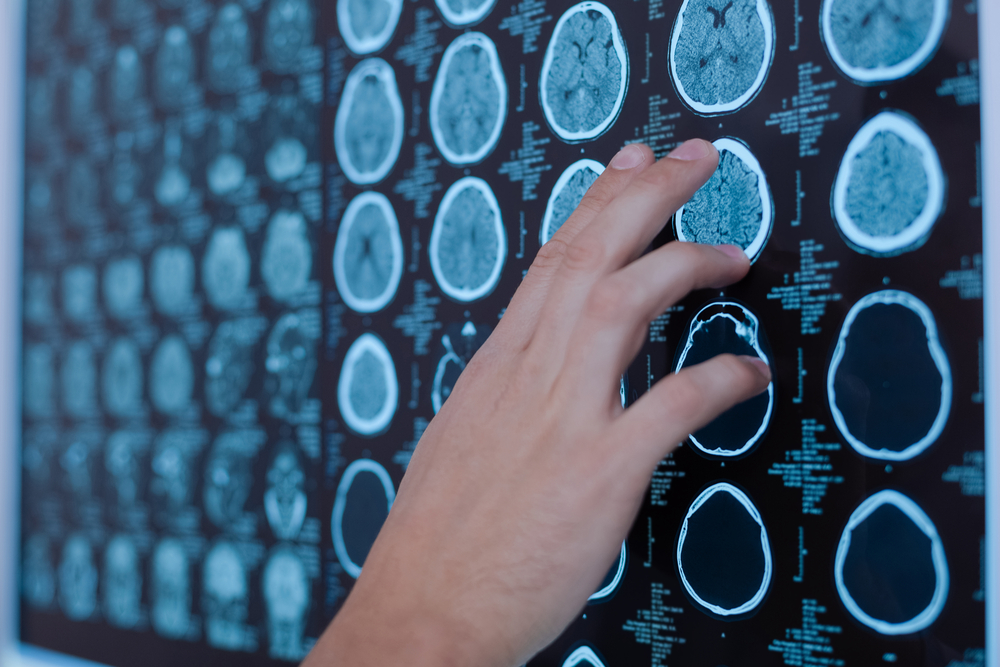Study to Test MRI Technique for Possible Early Parkinson’s Diagnosis

A clinical study will test the potential of a specific magnetic resonance imaging (MRI) technique to diagnose Parkinson’s disease at early stages.
The 18-month project, supported by a grant from the Center for Clinical and Translational Science in the U.K., will take place at the University of Kentucky’s College of Medicine under the leadership of George Quintero, PhD, and Zain Guduru, MD. It is expected to open this year.
Parkinson’s disease is characterized by progressive loss of coordination and movement, and includes tremors, stiffness and slowing of movement. Currently, a person is diagnosed when those symptoms appear.
However, the brain undergoes alterations that precede symptom onset. Detecting these changes earlier would allow a quicker start of treatments for these symptoms, and possibly to slow disease progression.
Previous research by the same team showed that apomorphine, an FDA-approved Parkinson’s therapy, activates brain areas commonly affected by the disease. Brain activity was measured using a blood oxygenation level dependent (BOLD) magnetic resonance imaging (MRI), an imaging technique that assesses changes in oxygen in the blood.
Apomorphine stimulates the production of dopamine in the brain, a messenger molecule (called a neurotransmitter) that is produced by dopaminergic neurons. Dopaminergic neurons die in Parkinson’s, leading to the characteristic deterioration of motor and cognitive skills observed during this disease’s course.
In this new study, researchers will assess responses in the brain before and after taking apomorphine in Parkinson’s patients and in people with essential tremor, a similar movement disorder. These changes will be measured using BOLD-MRI.
The idea is to test whether this technique can accurately discriminate between the two different patient populations upon apomorphine treatment. Since essential tremor is not caused by inadequate dopamine production, only Parkinson’s patients, in theory, should show specific brain alterations in response to apomorphine.
Should results be favorable, BOLD-MRI could be a way of identifying Parkinson’s early and distinguishing it from similar disorders.
“If apomorphine causes a different brain response in the two groups of patients, it could be a promising method for earlier detection of Parkinson’s,” Quintero said in a press release. “And this leads to earlier interventions that can benefit patients.”
Test results may also inform how the disease progresses, and whether subgroups of Parkinson’s disease patients respond differently to treatment.
“This is truly a translational project. We often want to make that transition between basic science research to human research,” Quintero said. “CCTS provided the opportunity to continue this research.”






